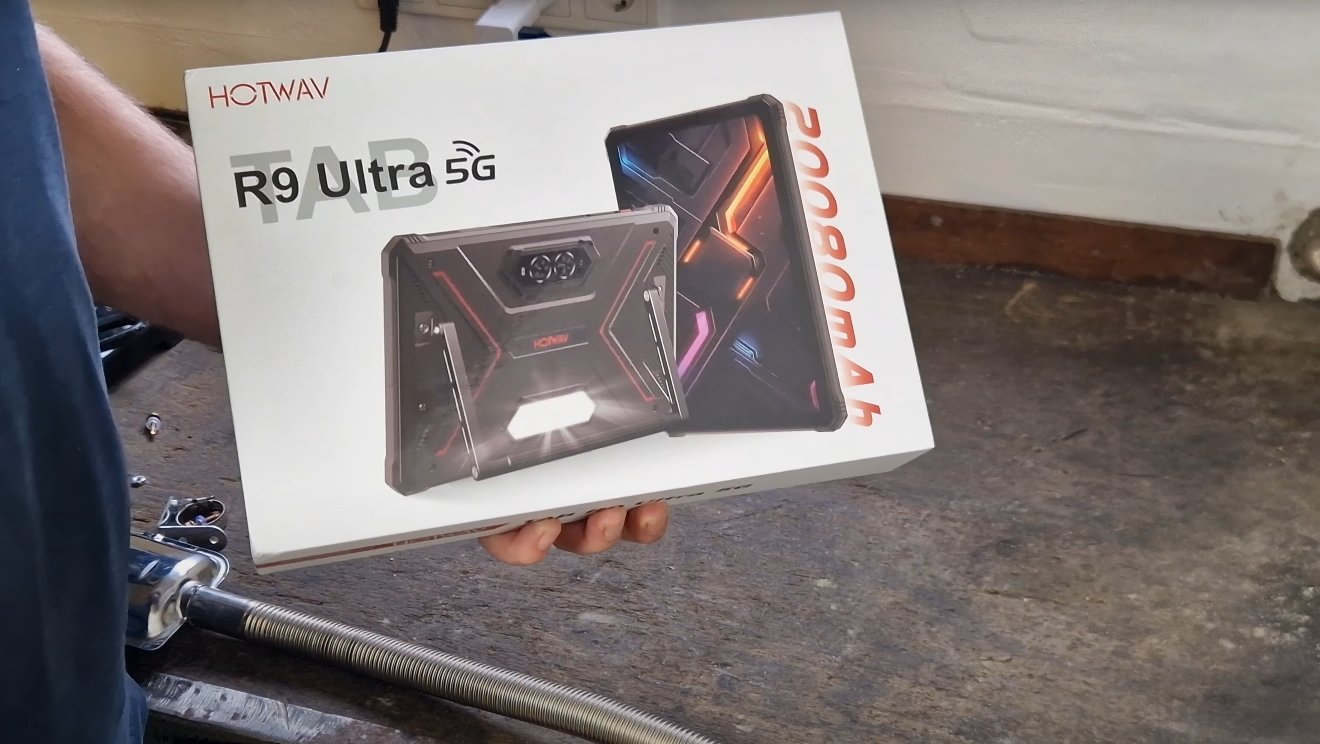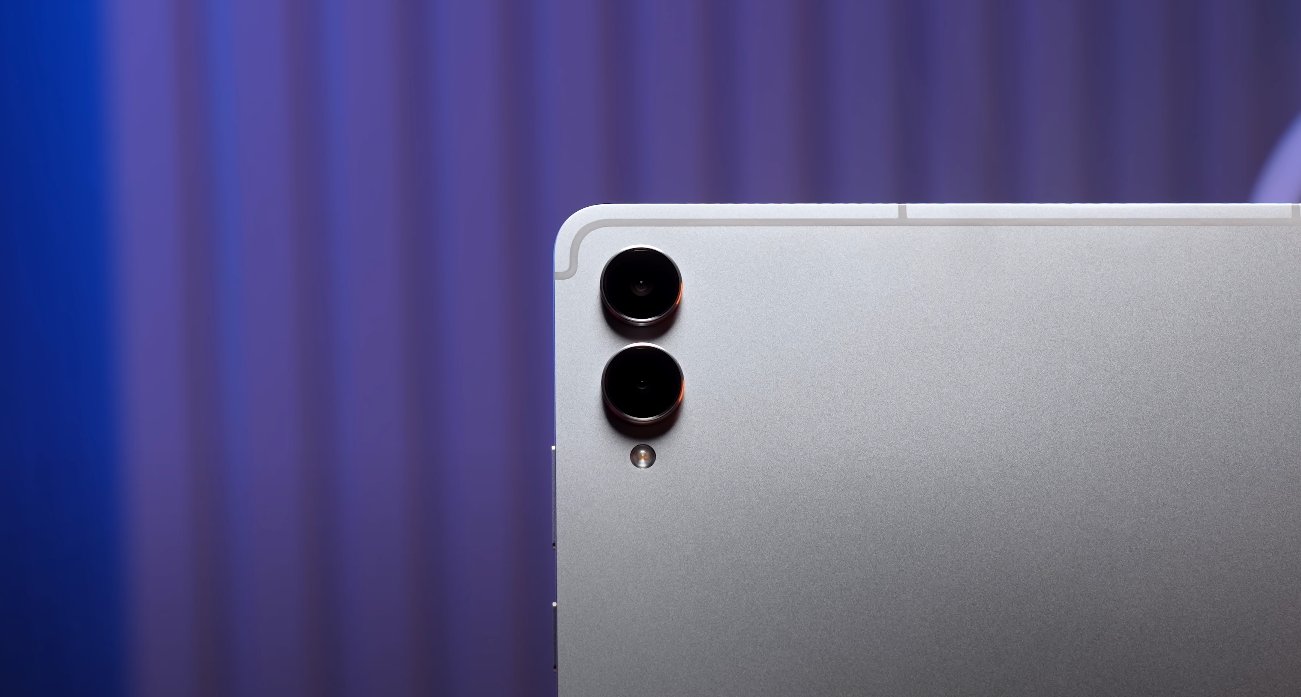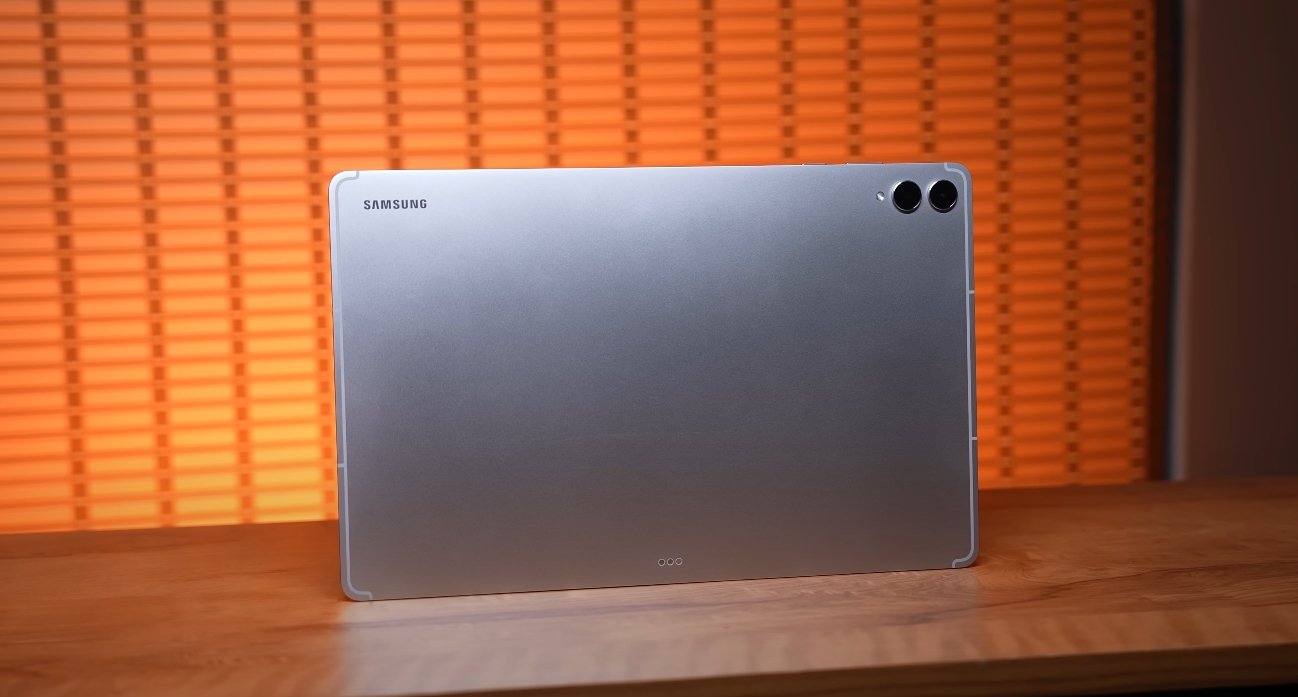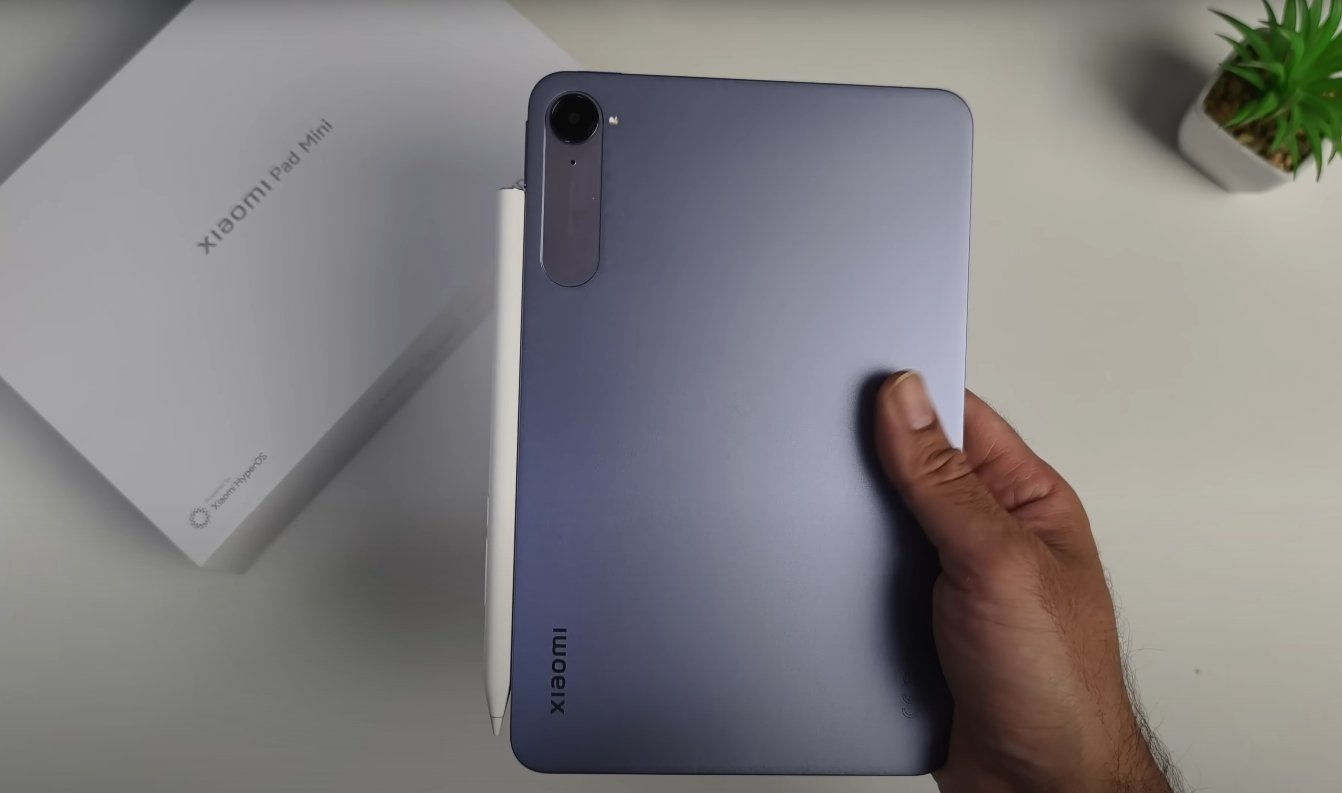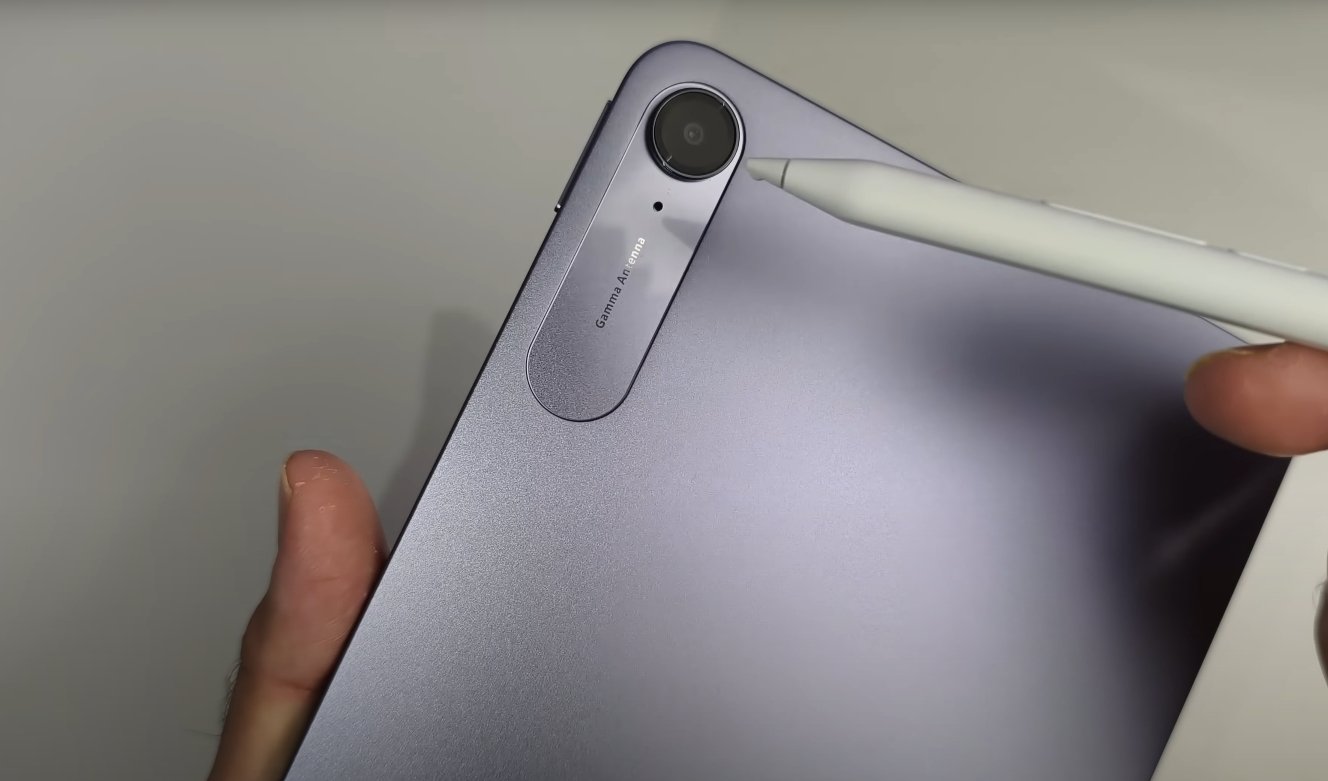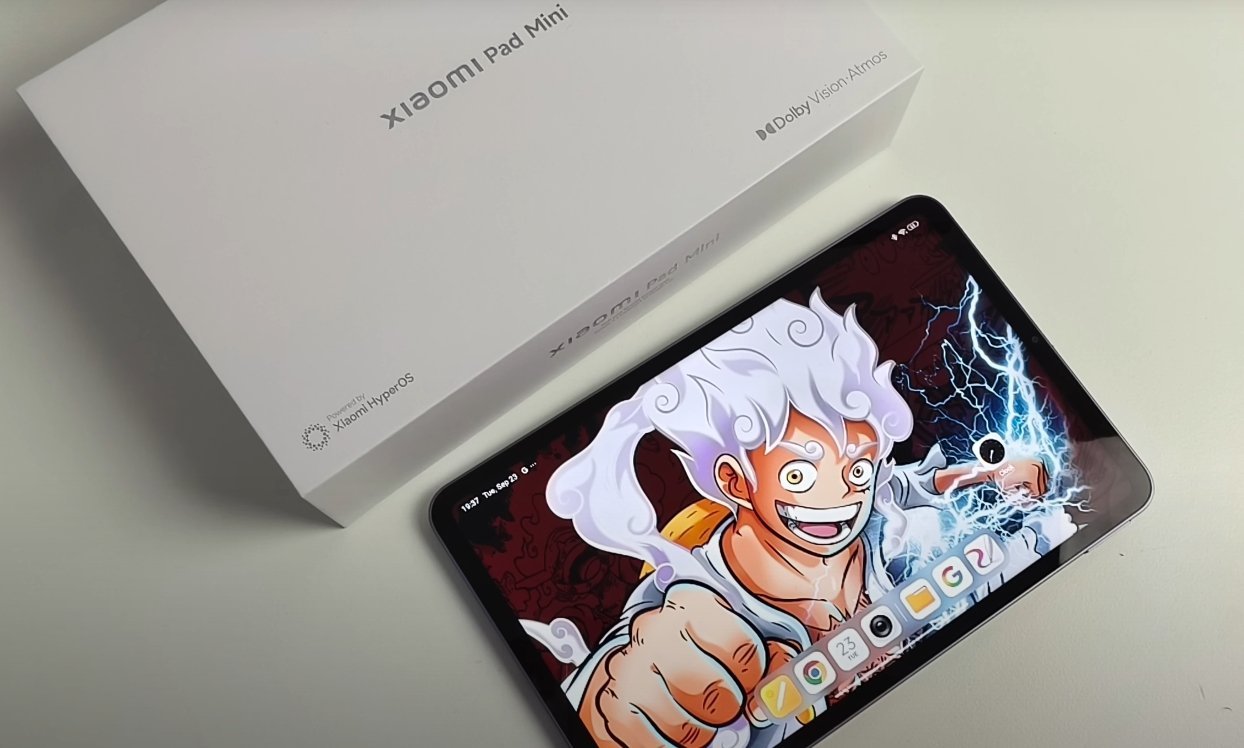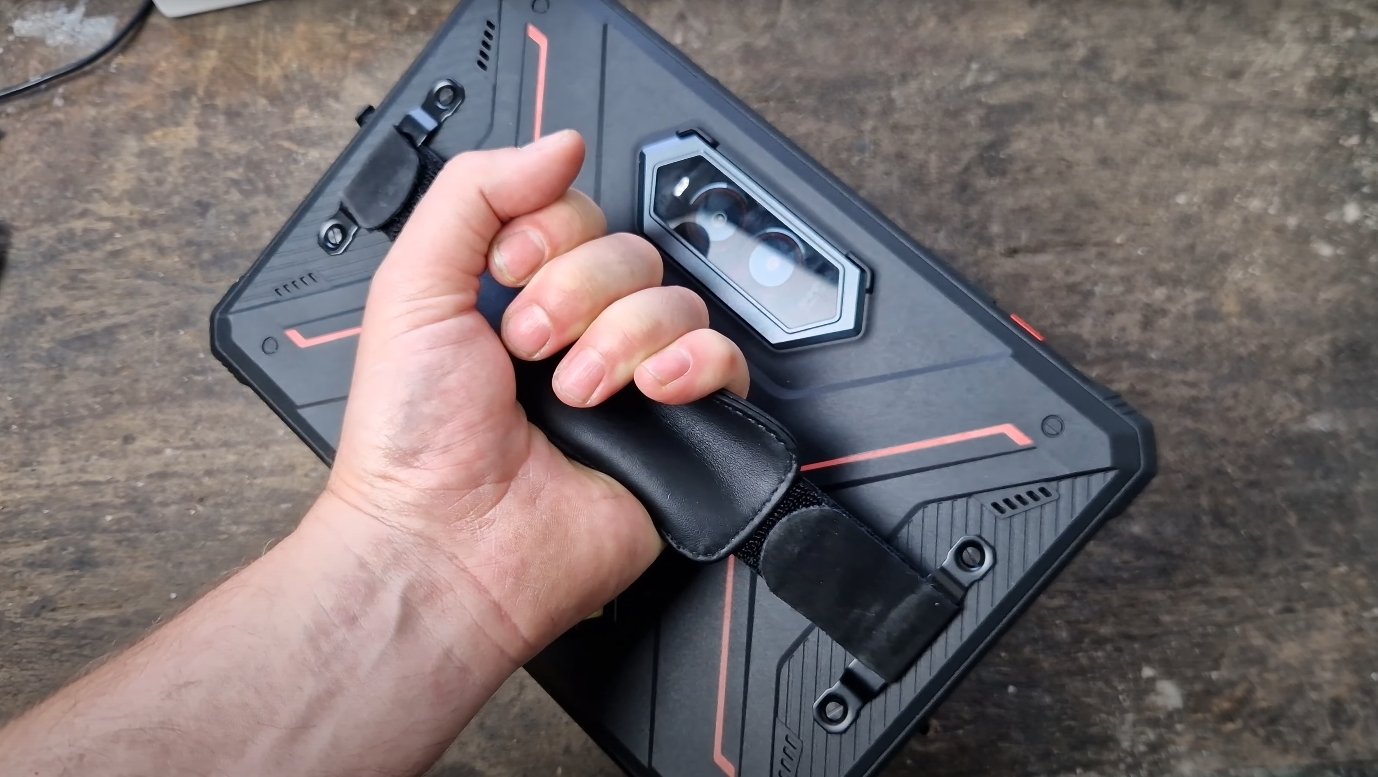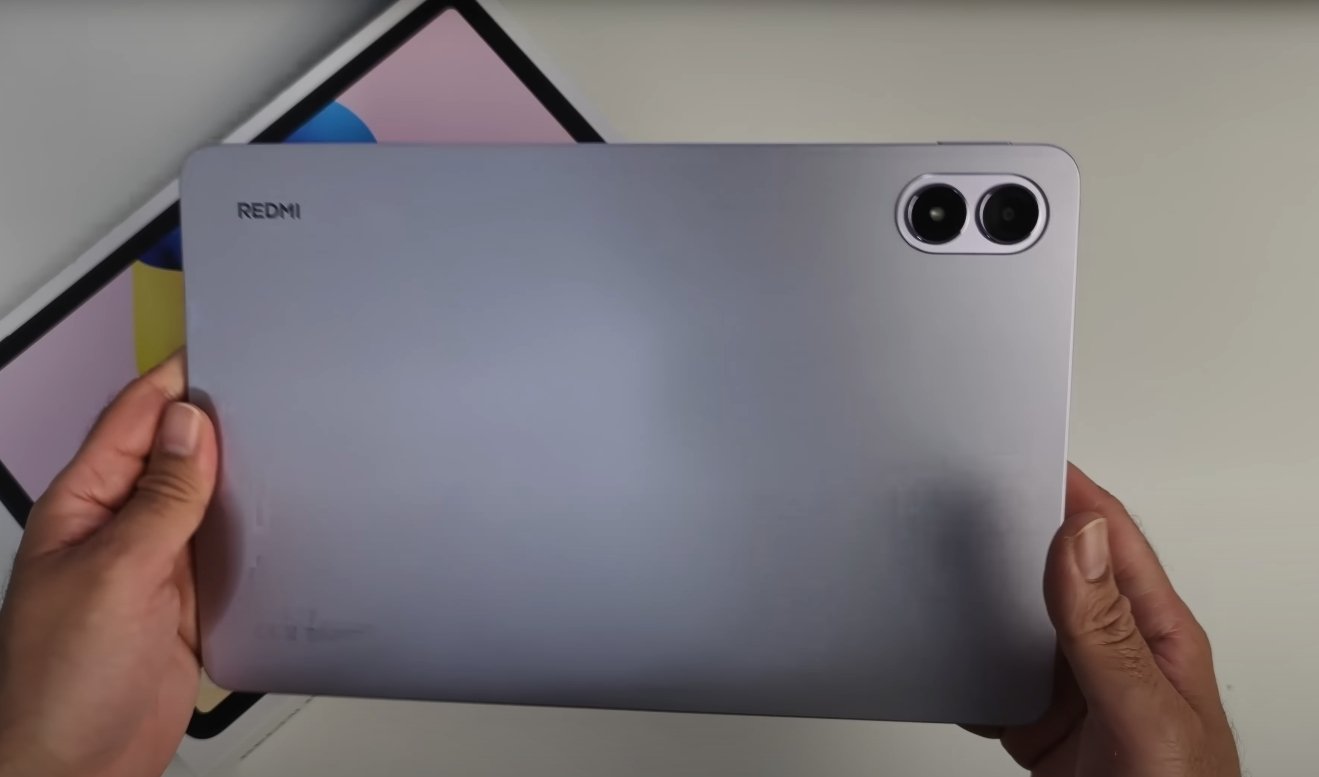Rugged champions face off in real-world durability showdown
The durability test between the HOTWAV R9 Ultra 5G and the Blackview BL9000 has gained attention among tech enthusiasts and field workers who rely on ultra-tough devices. Both models claim military-grade protection and IP69K waterproofing, but their performance under extreme conditions reveals meaningful differences in build strength, material quality, and overall resilience.
The HOTWAV R9 Ultra 5G features a reinforced aluminum-alloy frame combined with thickened corner bumpers and a Gorilla Glass 3-protected display. During controlled drop tests from 1.5 meters, the tablet absorbed shock well, showing only minor scuffs on the frame. Its rubberized back panel prevented cracks, even when landing on uneven surfaces. The device also passed water immersion tests, staying operational after 30 minutes underwater at a depth of 1.5 meters. Dust sealing performed effectively, with no debris entering charging or SIM ports. This makes it well-suited for professionals working in construction sites or outdoor expeditions.
In comparison, the Blackview BL9000, a rugged smartphone rather than a tablet, uses more advanced protective materials, including Gorilla Glass Victus and a high-density TPU frame. Its smaller form factor helps it handle impacts better, allowing it to survive drops from up to 1.8 meters onto concrete without display damage. The reinforced corners and metal side rails distribute impact force efficiently. Water-resistance testing showed excellent results as well, with the device continuing to function after being submerged for nearly an hour. However, exposure to high-pressure water jets occasionally caused minor speaker distortion, which cleared up after drying.
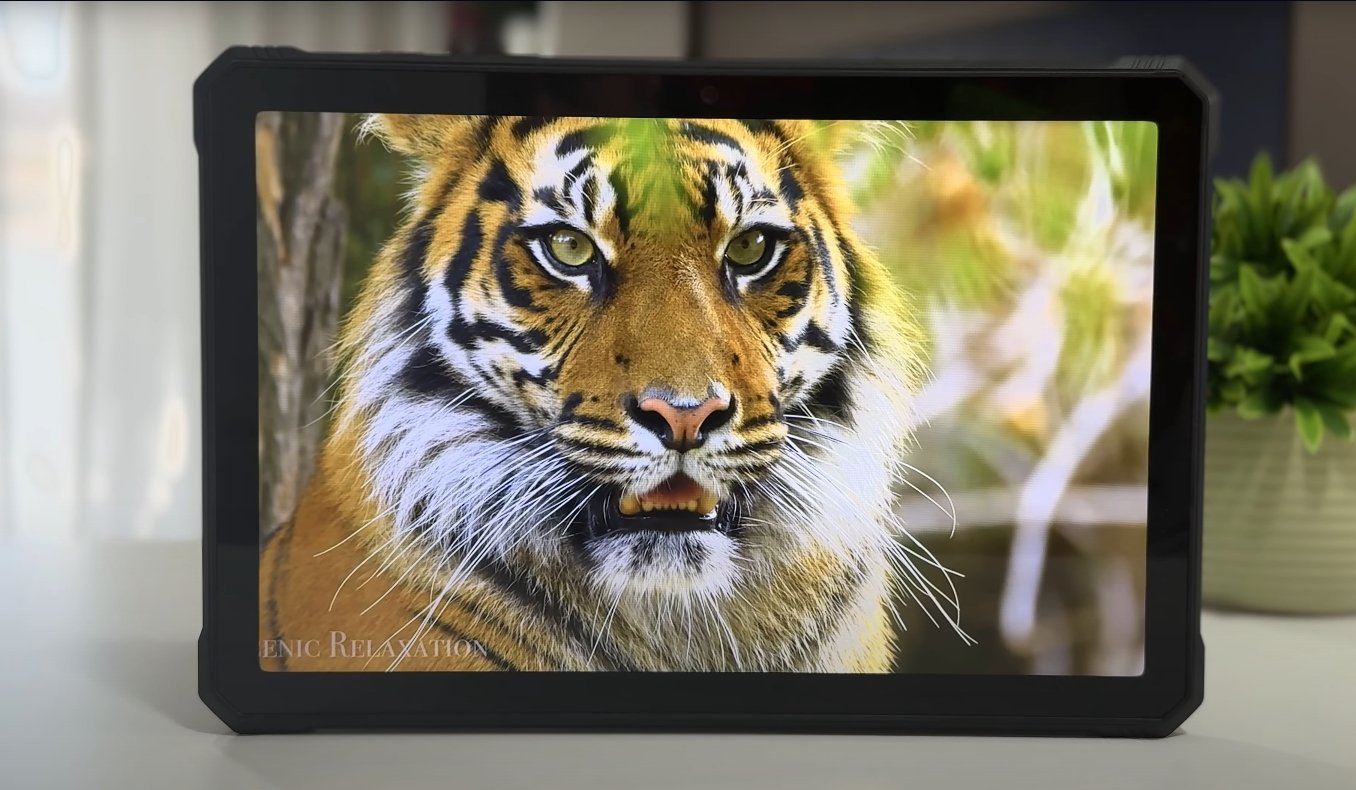
When comparing overall build, the BL9000’s compact design provides better impact tolerance, while the R9 Ultra’s larger body makes it slightly more vulnerable to corner impacts. However, the R9 Ultra compensates with its sturdier internal structure and stronger sealing around ports and buttons. Its tablet form factor was specifically designed for heavy-duty field use, so it offers additional frame rigidity and internal shock absorption layers that protect internal components, even under high vibration environments.
Extreme temperature tests further differentiate the two devices. The HOTWAV R9 Ultra 5G maintained stability from -20°C to 60°C, showing no performance throttling or screen flicker in cold simulations. The Blackview BL9000, optimized for mobile use, also handled temperature extremes effectively but displayed minor touchscreen lag in freezing conditions. Both devices demonstrated strong endurance, but the R9 Ultra’s larger battery and thicker chassis gave it better thermal balance over longer exposure periods.
In real-world endurance use, the R9 Ultra 5G’s bulkier body might seem less portable, but its rugged engineering and integrated protective layers make it one of the most durable tablets in its category. The BL9000, on the other hand, shines as a rugged smartphone with superior drop resistance and lighter handling. Users who prioritize portability and one-handed operation will find the Blackview more practical, while those needing a workstation-grade device for maps, field documentation, and multimedia will prefer the HOTWAV tablet’s endurance.
Under stress tests involving repeated drops, exposure to mud, sand, and vibration, both models continued functioning without hardware failure. However, the R9 Ultra showed fewer scratches on its back panel and better resistance to surface abrasion thanks to its matte rubber finish. The BL9000 displayed more wear on its metal frame but maintained intact display integrity. Both passed bending and pressure resistance tests without frame deformation.
Overall, the HOTWAV R9 Ultra 5G and the Blackview BL9000 both prove worthy of their rugged reputations, but they serve slightly different user needs. The R9 Ultra excels in endurance, long-term outdoor stability, and environmental protection, while the BL9000 is designed for high mobility with exceptional impact resistance. For heavy field professionals who use their devices in extreme work zones, the R9 Ultra 5G stands out as the tougher, longer-lasting choice. For users seeking pocket-sized rugged reliability without compromise on power, the Blackview BL9000 remains a top contender.
In conclusion, both devices passed their durability tests with impressive results, but their strengths lie in different areas. The HOTWAV R9 Ultra 5G is a true workhorse built for endurance and large-scale field tasks, whereas the Blackview BL9000 wins in portability and everyday rugged use. Choosing between them depends on whether the user values screen size and battery life over compactness and one-hand usability. In any case, both models reaffirm that the modern rugged device market continues to push boundaries in durability engineering.
